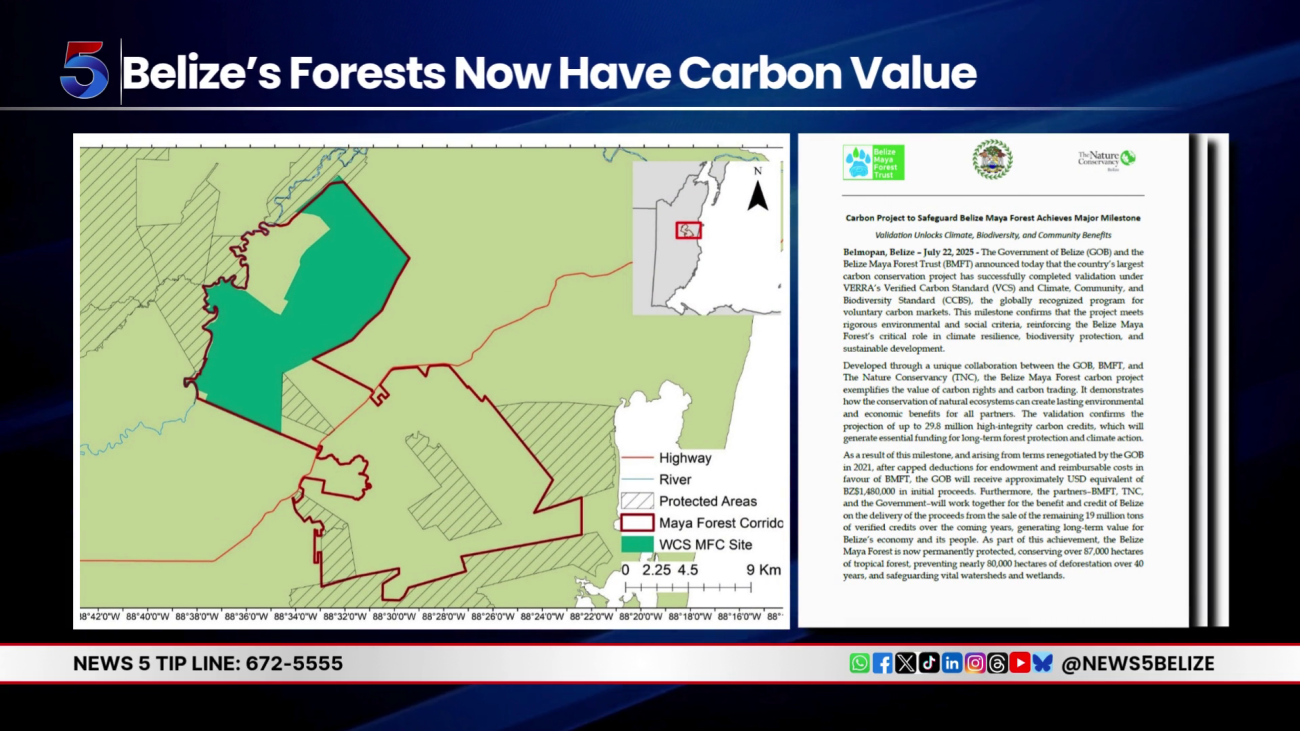Belize Turns Forests into Climate Currency, But Who Profits?
Belize just hit a major milestone in the fight against climate change. The Belize Maya Forest, one of the last intact tropical forests in northern Central America, has officially been validated under global carbon credit standards. That means the country can now trade nearly thirty million carbon credits, essentially turning forest conservation into a revenue stream. The Government of Belize, the Belize Maya Forest Trust, and The Nature Conservancy are celebrating this as a win for the environment, the economy, and local communities. The forest is now permanently protected, and the first payout, roughly one-point-five million Belize dollars, is already on its way. But here’s where the conservation conversation gets interesting: How will the long-term proceeds from these carbon credits be managed? Will the communities living near and depending on the forest see real, lasting benefits? And as Belize enters the global carbon market, how do we ensure transparency and equity in how these funds are used? This project is being hailed as a model for the region. But like any model, it’s worth asking: who’s at the center of success and who might be left out?






Facebook Comments